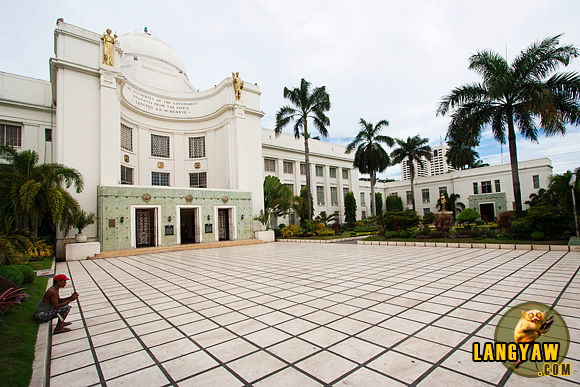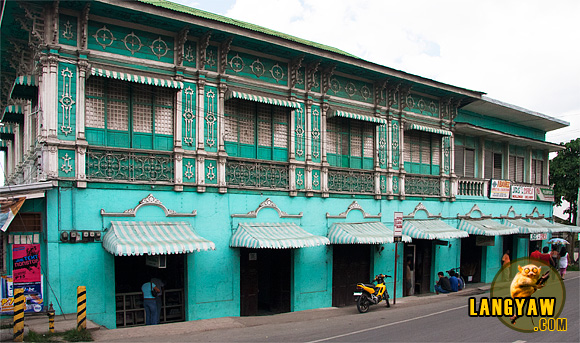
This is a travel guide to rediscovering Cebu Part 1 | 2 | 3 | 4 | 5
Cebu is steeped in history and there are lots of heritage sites found all over the island. For church lovers, you have 28 religious structures to choose from with several notable ones in Bantayan town, 18th century Filipino baroque grandeur in Boljoon and Argao in the south.
There are also several, and poorly known watchtowers dotting the southeastern route used to guard against the Muslim slave raiders during the 18th and 19th centuries including ruins of a fortress complete with bulwarks just along the road in Daanglungsod, Oslob with only the western wall breached.


The heritage town of Carcar is notable for its many old houses from Spanish colonial era to post World War II, all in one street. Here, there are beautiful examples of Antillan style architecture (1920s), including the dispensary, local college and gazebo of which only a few samples remain in the country. The 19th century Balay nga Tisa is a good example of the traditional bahay-na-bato that is still well preserved.
Its church is also dramatic. It’s a mixture of architecture, a neoclassic building crowned with baroque features and added with Muslim influences like the iwan, a recessed arch at the entrance and bulbous domes at the twin belfry. But one of its outstanding architectural feature is the beautiful coffered ceiling inside, the only remaining in the country. Carcar has also sumptuous delicacies and desserts and are so proud of their version of the Cebu lechon.

In Cebu City, the Cathedral Museum of Cebu is the primary destination for ecclesiastical art and artifacts housed in the old kumbento of the Bishop’s seat, the Cathedral. There is also another reason to visit here: still hung in the upper reaches of the belfry is the second oldest bell in the country dated 1608 and dedicated to the Blessed Virgin Mary.
Around the city, are also examples of Beaux Arts architecture, the former Vision Theater along the oldest street in the Philippines, Colon. The Capitol, found at the end of Osmeña Boulevard is a beautiful example of later American colonial period architecture.

There is one structure that is a must visit but many don’t know about: the Jesuit House of 1730 (now a museum) is tucked inside a lumber compound in Parian, just at the northern end of Colon St. There are indications that this can be the oldest stone house in the country with beautiful Chinese architectural influences in the eaved tisa roof, corbels, dreamy cloud paintings at the ceiling and delicate wood carvings.
For a glimpse of Cebu’s history, head to Museo Sugbo which is housed in a Spanish colonial era jail. Other than seeing how Cebuanos live and its roaring business boom at the turn of the century, be prepared for some paranormal feelings or sightings.
This is a travel guide to rediscovering Cebu Part 1 | 2 | 3 | 4 | 5
Article originally written and published in Space Magazine.